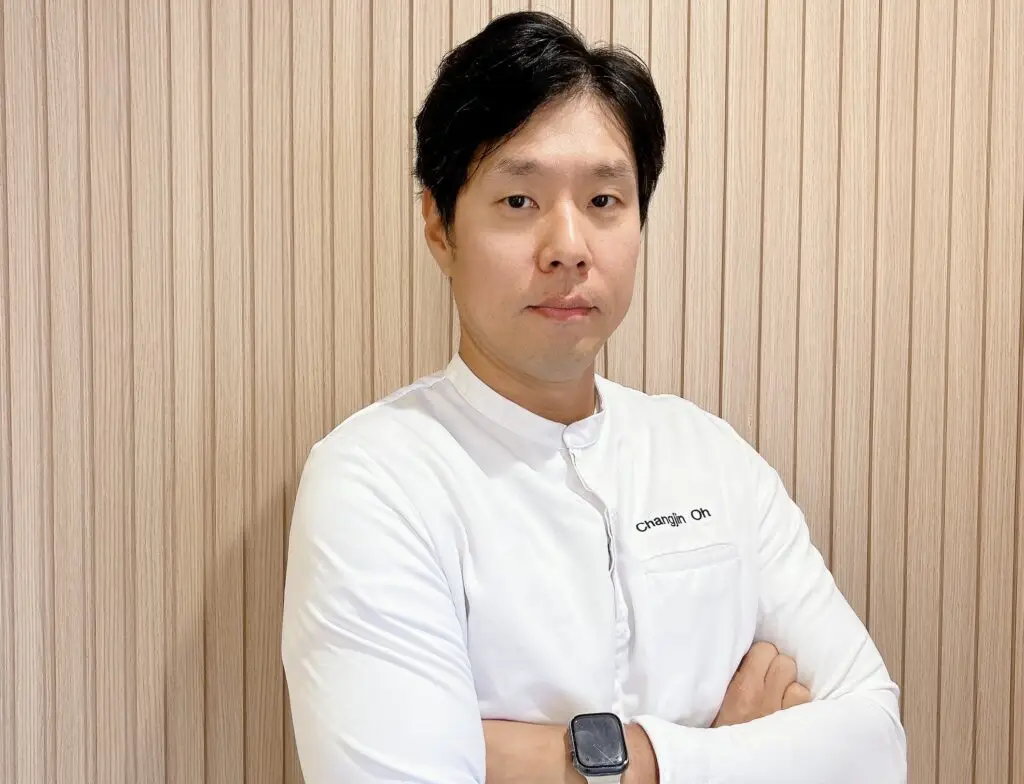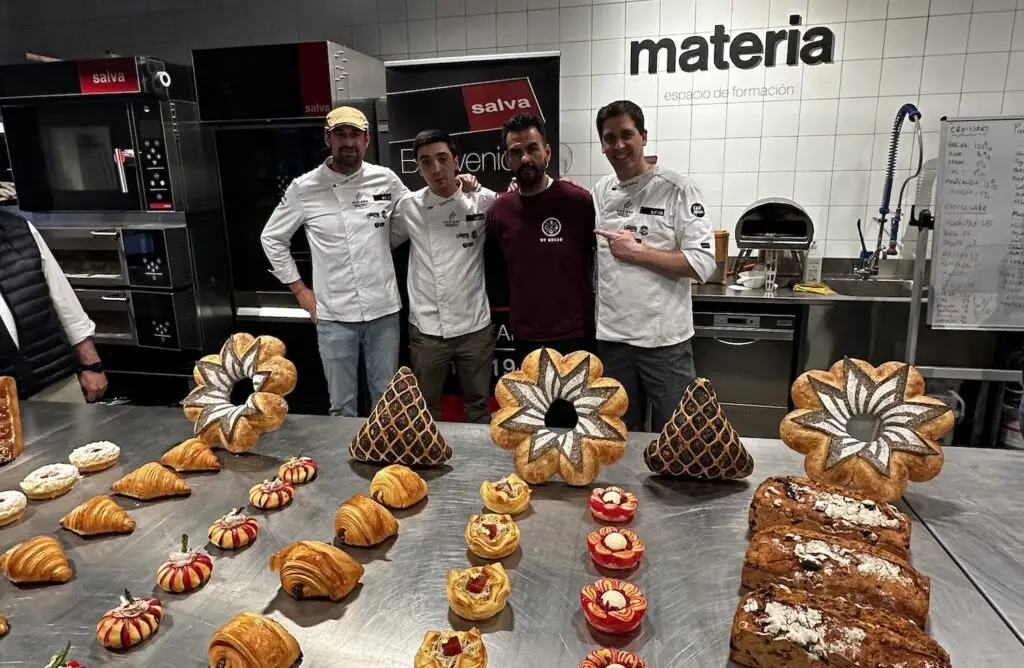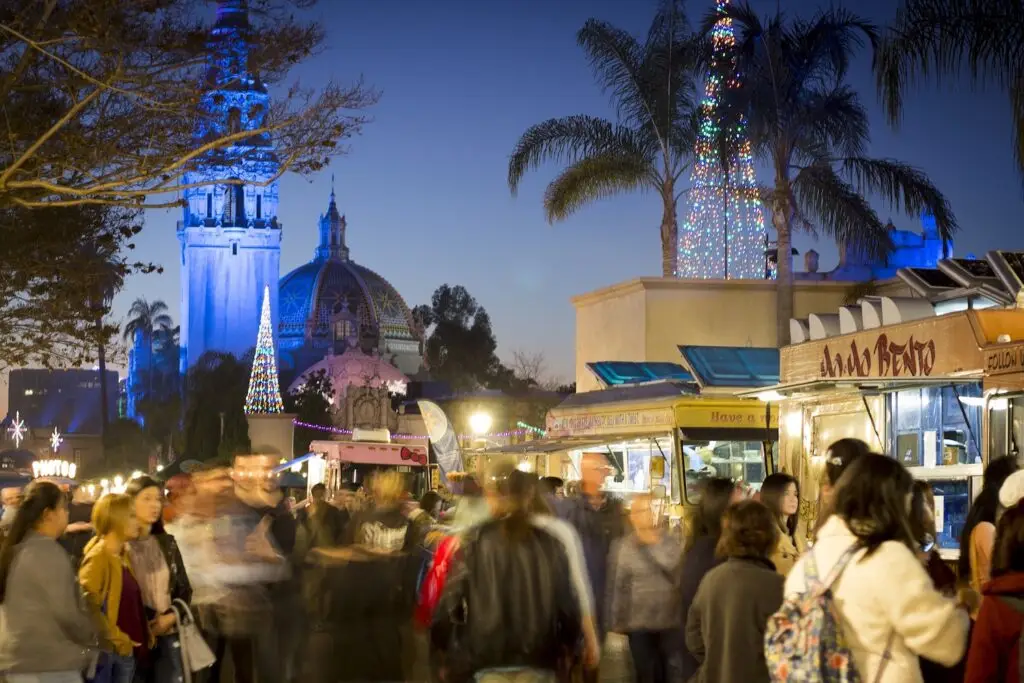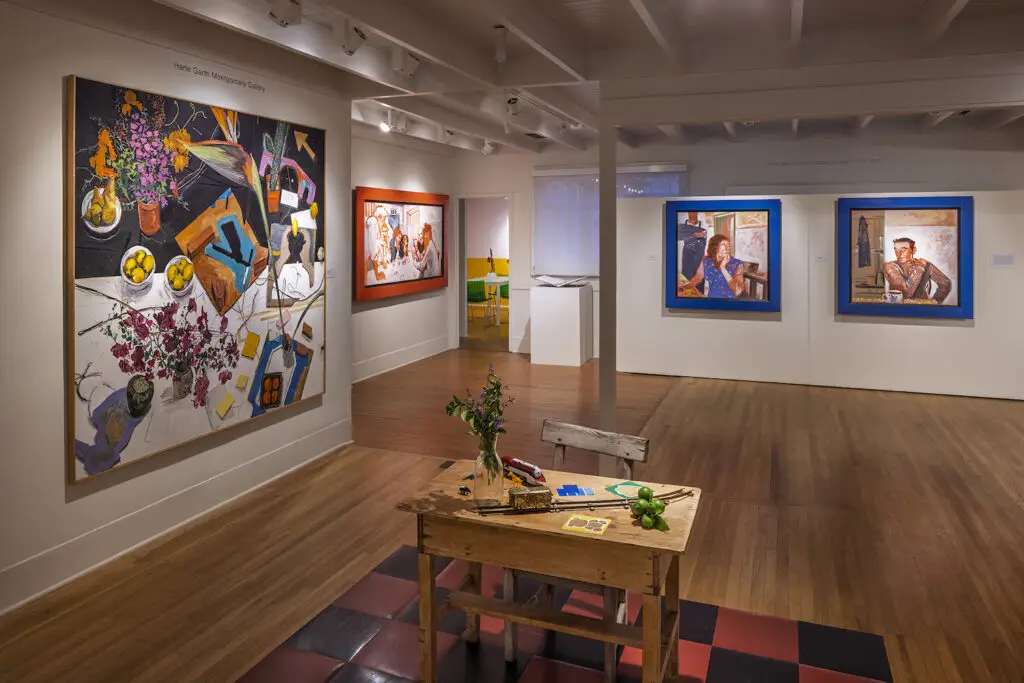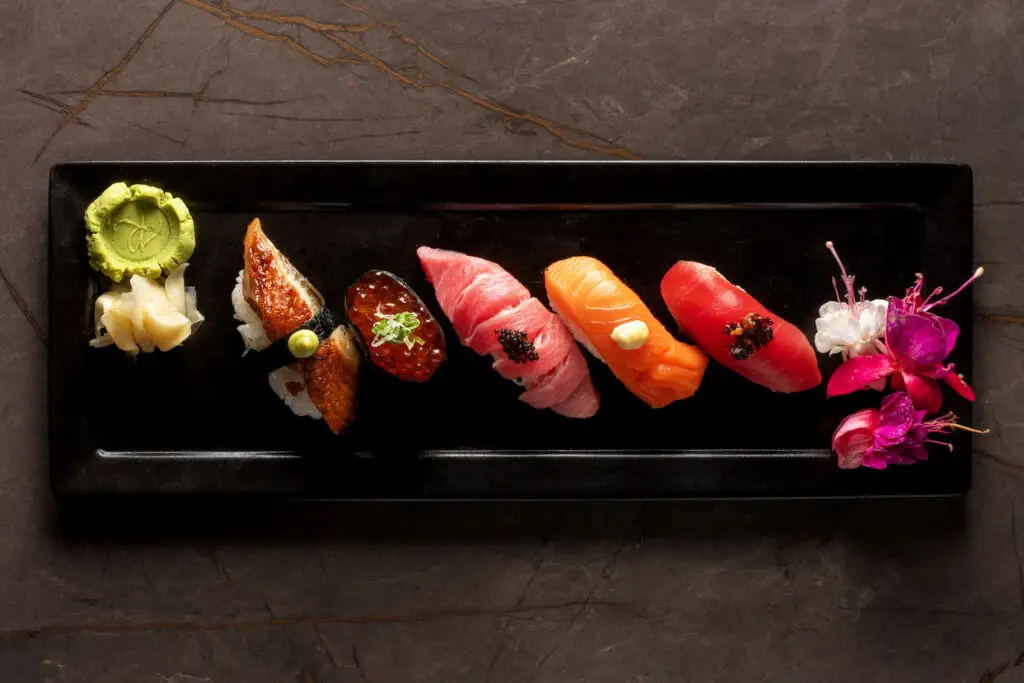Do you know which brewery is San Diego’s sixth largest? After Stone, Ballast Point, Karl Strauss, Green Flash, and AleSmith… it’s Vista’s Mother Earth Brew Co. They are also, by far, the youngest of the group.
If you didn’t know the answer, that’s fine; the folks at Mother Earth are happy to fly under the radar. They haven’t made a big deal about it, but the truth is—over the past five years—this brewery has been one of the most successful and fastest-growing breweries in all of San Diego County. They started in 2010 when Dan Love, his son Kamron, and Dan’s brother Jon fired up their tiny brewing system in the space that also housed their modest home brew supply shop. During that first year, Dan and Kamron brewed a little more than 350 barrels. Last year, the company produced nearly 23,000 barrels. And, as that growth was happening, Mother Earth also opened a successful tap house on Main Street in Vista, expanded their manufacturing footprint to 28,000 square feet, and got a brand-new 40,000-square-foot production facility underway in Nampa, Idaho. Chief Branding Officer Kevin Hopkins anticipates that, within the next 36 months, MEBC will be reporting 100,000 barrels a year.
Growth like this tends to spread a company’s talents rather thin. In order to achieve the expansion in Idaho, Dan and his wife Erin had to move up to Nampa. They also had to take their head brewer, Chris Baker, with them, which left an opening for a new head brewer in Vista. And that’s where Jeff Hueneman comes in.
When I sat down with Jeff, he was only three weeks into his new role. It was obvious that he was enthusiastic about the company’s growth and his new responsibilities, but he was also still sorting out all the changes that are going on. As I sipped on an Idaho Red, a brew that pays homage to the new location (it’s a hoppy, IPA-style red that features a marriage of Chinook with Idaho-grown hops), Jeff reflected on what he hopes to achieve in the weeks and months to come.
You’re no newbie to brewing, but you haven’t been here at Mother Earth all that long, right?
I’ve been here for about a year. I came from AleSmith, where I worked for almost a year-and-a half, and before that I was at Stone for almost two years. That’s how I knew Chris Baker; we worked together at Stone.
What do you think are the key elements of Mother Earth’s success thus far?
One of the things that’s been key to our success and our ability to grow is that we started out as a bottle-forward company. No one does that—and certainly not out of 2,200 square feet, which was our original space. Everyone starts out with draft. But the problem with draft is that you have to make enough of it, and you have to store a lot of empty kegs, fill your new ones, and then get them back to do it again. You can’t do that kind of operation effectively in 2,200 square feet. So Dan decided early on that, if they couldn’t do a draft program, they would start by distributing bottles and would then eventually add a little bit of draft to that. The bottle-centric growth has been a very distinctive part of our brand and I think it contributed a great deal to our success.
You’ve come on board at a time when there’s a lot going on. Not only the explosion of growth here in San Diego, but also the new facility being readied in Idaho, which should be up and running by mid-year this year. What do you see as your role coming into all this change?
One of the first things that comes to mind is keeping what we’ve developed so far in terms of our quality-assurance program. We have a quality assurance department now, and we can be a lot more consistent with our beers. We’re now testing for IBUs, we’re testing for color—we have a good lab for what we need right now at this size. That improvement follows the same methodology that influences everything we do as a company. We grow and build as we need, but we don’t overstretch. For example, we’re not taking out a $20 million loan to build Idaho, but we’re building a really nice brewery there. It’s fully automated and has everything we need. It’s the same approach with our lab. The lab will continue to grow and we’ll add equipment and processes as we need them.
One of the big challenges right now is that we are going to have two separate facilities that are each supposed to make the exact same beer. That’s a tall order. The biggest challenge is water. The water profiles between California and Idaho are vastly different; we actually started water testing almost nine months ago. In addition, the two brewing systems are very different. The Nampa system is much larger (a 40-barrel, which is twice the size of Vista), so making the recipes the same on two different systems is also a major challenge. My role right now is to manage these challenges, understand them, and embrace the idea that there may be minor batch variations from one location to the other, but ultimately they should be imperceptible to our consumers.
Are there other things you’ll be particularly interested in getting done as you move into this new role?
I studied chemical engineering as an undergrad, so in that sense, I’d love to see what we can do in terms of making our brewery more efficient, making our brewery use less water, and what we can do in terms of upping the amount of recycling we do. I would look at that stuff initially to put “my stamp” on things.
There’s an impressive range of styles that you folks brew here. What would like to do that’s new?
Well, Cali Creamin’ is our biggest seller, but we’ve done some really good things with our IPAs. We’ve tossed around some ideas about doing some new stuff in that area as we move forward. Most of that new stuff would be 20-barrel batches that would go to our tap house, that kind of thing. Those batches give us an opportunity to try out new hops, new techniques, new kinds of dry hopping, temperatures—all the different things that you can play around with. Sometimes those batches give us ideas about how we can tweak our core beers and make them even better.
I’m also really liking the experiments we’ve been doing with lagers. Last year we did a Marzen fest beer and a Dopplebock towards the end of the year and both of them came out really well. Of course, lagers take more time to produce and one of the toughest realities when you’re a quickly growing brewery is that tank space is critical. We’ve tossed around ideas of maybe doing a dry-hopped Pilsner, so hopefully we get the chance to do that this year.
How about other things you haven’t done yet. Have you done sours?
We’ve experimented a little bit with kettle sours. We haven’t done any barrel-aged sours thus far. The first kettle sour we did was for Beer To the Rescue, the Lupus Foundation fundraiser that Brandon Hernández is involved in. It was a Berliner Weiss that we did, and it was really our first foray into the sour world. Sours have become all the rage lately—a lot of folks are doing them.
What about barrel aging?
Our barrel program right now is the Four Seasons of Mother Earth program. Every quarter we release a different beer, usually a style that makes sense for that season. For example, we do bourbon-barrel-aged stuff toward fall and winter and lighter stuff during the first and second quarter. This spring’s release is going to be a blonde barley wine aged in red wine barrels. It’ll be ready pretty soon, probably by mid-April. We just did a tasting of it last Saturday and it’s tasting very good. Traditionally we release the Four Seasons beers to coincide with the solstice or equinox. This is the first time we haven’t released right on that date because, for this beer, we added the wine barrels and our source for them was not able to come through in time to meet our original date. We’re not going to push a beer out just because we have a traditional date, so we’ll release it when it’s right. Besides, in a few weeks it will still be spring, so we can still say it’s our spring release!
Tell me a little about the culture of Mother Earth. What’s it like being part of such a quickly growing company?
We’re primarily a business; we have a well-defined strategy and a plan, but we don’t want to lose the passion and the culture that drives it. And that’s a very tough thing, especially as you get larger. Process and procedure do take over. As far as our brewing strategy goes, we unabashedly try to cater to our consumers, to our audience, but at the same time we also put out some really kick-ass beers! And even though our beers have gone toe-to-toe with the best of them in competitions, we’re not seen as a “sexy” brand. We don’t have a figurehead person, nor do we have a signature “item” that people gravitate towards. And that’s okay. That’s not who we are. We’re more of a collective. Our whole is truly greater than our individual parts.
And so you guys are perfectly happy to keep your proverbial “low profile” in the industry?
Yeah. We don’t get the same sort of “buzz” that others in the industry do, but we’re not looking for that. It’s always appreciated, but it’s never expected. And we’re all fine with that.
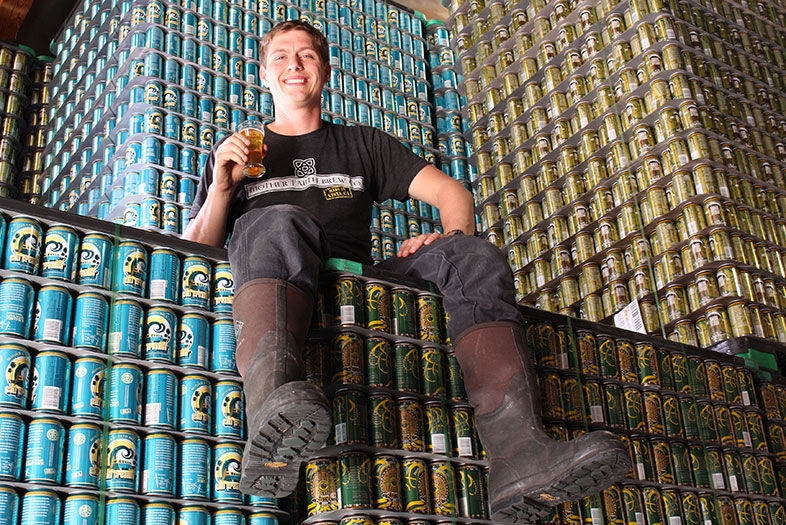
Have a Beer with New Mother Earth Head Brewer Jeff Hueneman
PARTNER CONTENT
Jeff Hueneman | Photo by Bruce Glassman
